BattenCorbetLucey Handbooks in Alternative Investments
Edited by
Jonathan A. Batten
Shaen Corbet
Brian M. Lucey
Volume
ISBN 9783110659436
e-ISBN (PDF) 9783110660807
e-ISBN (EPUB) 9783110659528
Bibliographic information published by the Deutsche Nationalbibliothek
The Deutsche Nationalbibliothek lists this publication in the Deutsche Nationalbibliografie; detailed bibliographic data are available on the Internet at http://dnb.dnb.de.
2020 Walter de Gruyter GmbH, Berlin/Boston
Introduction to cryptocurrencies
Andrew Urquhart
ICMA Centre, Henley Business School , University of Reading , Reading , UK
Larisa Yarovaya
Southampton Business School , University of Southampton , Southampton , UK
Today, cryptocurrencies are getting more and more attention from investors, regulators, governments and media outlets alike, and therefore there is a requirement for a sound understanding of the economic and financial dynamics of these new assets. This book offers a broad range of chapters on varying topics of cryptocurrencies and acts as a foundation for anyone interested in these new assets and seeks to understand the issues and challenges of investing in these new, interesting and volatile markets. More importantly, this book will give you a solid understanding of important elements of cryptocurrencies, as well as clear overview of the current academic understanding of these assets.
Cryptocurrencies are a new form of digital money that is shifting the paradigm and challenging the traditional financial system. First introduced by Satoshi Nakamoto in his 2008 white paper, Bitcoin has grown into the most popular cryptocurrency as well as a global phenomenon. The technology behind Bitcoin (and most cryptocurrencies) is blockchain and a recent survey by Deloitte found that 53% of respondents say that blockchain technology has become a critical priority for their organizations in 2019 while 83% see compelling use cases for blockchain.
According to EY FinTech adoption Index (2019) Together with Revealing Reality research firm, the FCA published a report based on 31 qualitative interviews with cryptocurrency consumers shading the light on main motivations, beliefs and attitudes of cryptocurrency users. Findings show that majority of respondents decided to buy cryptocurrencies following advice received from a friend or family member. It is interesting insight that consumers relied on family advice, or in some particular cases advice from taxi drivers, and not the advice of professional advisors or analysts, which indicates the power of word-of-mouth as a main channel of popularity of this investment assets. Would consumers be encouraged to invest in ETFs, derivatives, or other new investments assets, following family advice? Hard to tell, but probably not. This highlights the very unique features of the cryptocurrency phenomenon, that regardless the complexity of technology behind it, that undoubtedly is quite hard to understand by any regular consumer, the idea behind it seems to be mass appealing and exciting for uniformed investors and users. Furthermore, the role of media and social media in disseminating information about digital currencies was crucial.
Consumers relied on media in gathering information about cryptocurrencies and some of the majority of consumers indicate that social media play a key role in their decision to purchase a digital asset. However, according to the FCA survey conducted in December 2018 among 2,132 participants (70%) have not heard of cryptocurrencies or did not know what are they, and only 3% have bought cryptocurrency before. Among those who purchased cryptocurrency 8% completed deep research before purchasing, while 16% conducted no research at all before purchasing. Considering the fact that both surveys were conducted in the same time, we can conclude that awareness of cryptocurrencies was higher in the US than in the UK. So cryptocurrencies, what are they? There are many definitions of cryptocurrencies are available online, in this volume, we use the following generic definition of cryptocurrencies:
This generic definition is particularly applicable for the most widely known cryptocurrency and cryptocurrency market leader Bitcoin. There are several unique characteristics of cryptocurrencies that make them attractive for users and investors. Particularly, cryptocurrencies offer many upgrades over traditional money or fiat currencies, such as the following:
Decentralisation which means that the data is not saved on a single computer or server but saved on millions of computers simultaneously. This means there is no central authority and that the blockchain cannot be tampered with without the agreement of all the nodes (participants).
Consensus which means that the community of participants have for anything to happen. One way to reach this consensus is called mining. It is part of the proof-of-work-system.
Transparency which means that all transactions can tracked and users can see at all times who has added blocks.
Replacement of intermediaries which means that there is no need for financial intermediaries (such as banks) to act as a middleman between two individuals wanting to exchange money. Also cryptocurrencies can transfer large sums of money across international borders in a matter of minutes while most banks take at least one business day.
Limited supply which means that unlike fiat currencies, only a limited number will ever be produced which means it is not affected by inflation and is a scare asset thats unlikely to depreciate
These innovative features, combined with its ability to be easily converted into traditional currencies, makes cryptocurrencies very attractive for investors around the globe. There are several types of cryptocurrencies that can be distinguished. According to above mentioned Cryptoassets Taskforce report by FCA, Bank of England, and HM Treasury, cryptoassets include: (i) exchange tokens; (ii) security tokens; and (iii) utility tokens, where cryptocurrencies like Bitcoin belong to the first group of the exchange tokens, and are primarily being used as a means of exchange or as an investment. Different categorisations is provided by ). With time, academics started looking at cryptoassets differently, by noticing the fact that investors who hold substantial sums of Bitcoins are not cashing out their positrons, indicating their strong belief that regardless of regulatory uncertainty, ethical considerations and a variety of environmental issues, cryptocurrencies still can store the value over time and Bitcoin especially is a valuable asset to hold in longer term.
The next chapter of this book focused on the current state of cryptocurrency research. While quite a detailed literature survey has been provided by ) already, this chapter offers more up-to-date review of the literature in this field, particularly, it highlights the main networks of cryptocurrency scholars and research groups that are leading the research in this field. Authors took into consideration several indicators like geographic location of the research teams and their institutions, number of published articles on cryptocurrencies and related topics, and last but not the least, amount of citations that each of the published manuscripts were able to generate over relatively short period of time after publications. This displays how rapidly cryptocurrency research evolved in the last few years, and provides some idea how to cryptocurrency scholars can collaborate to further advance this innovative field of finance.



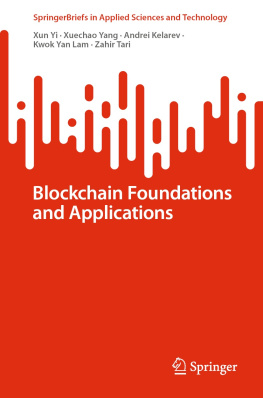
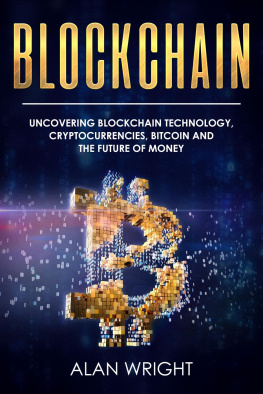

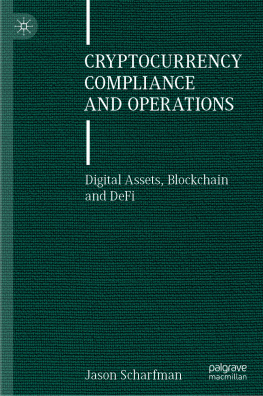
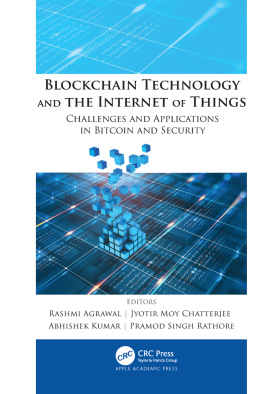
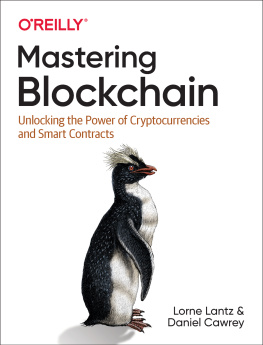
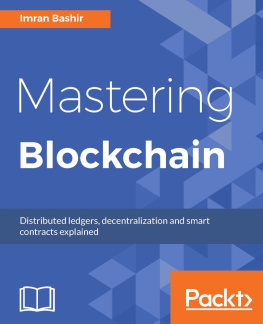

![Imran Bashir [Imran Bashir] - Mastering Blockchain - Master the theoretical and technical foundations of Blockchain technology and explore future of Blockchain technology](/uploads/posts/book/119698/thumbs/imran-bashir-imran-bashir-mastering-blockchain.jpg)
